Millions Of Pets At Risk As Pet Owners Nationwide Told To Shelter In Place

A brutal heatwave is sweeping across 29 U.S. states, putting millions of pets and their owners at serious risk. With temperatures expected to soar well over 100 degrees, the National Weather Service is urging people to stay indoors and take precautions.
For pets, extreme heat can turn deadly in a matter of minutes – especially without access to shade, water, or air conditioning. As conditions intensify, experts warn that pet safety must become a top priority during this dangerous summer surge.
1. Emergency Alerts Urge Residents To Stay Indoors

Emergency alerts are lighting up phones and news broadcasts as temperatures across 29 states skyrocket to dangerous levels. Officials are urging residents to stay indoors during peak heat hours to avoid life-threatening conditions.
With heat indexes soaring past 110°F in some areas, outdoor activity could quickly lead to heatstroke or worse. The warnings are especially critical for vulnerable groups, including young children, seniors, and pets.
2. Animal Shelters Struggle To Stay Operational
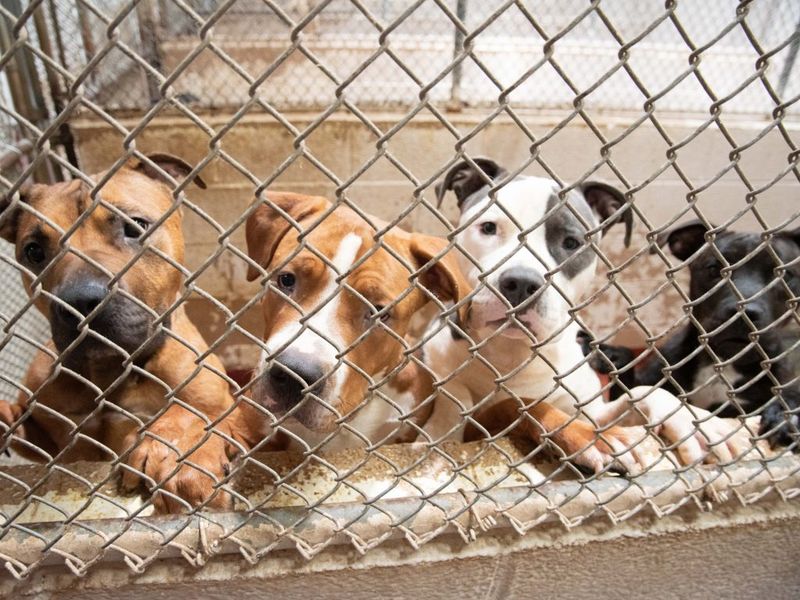
Behind closed doors, dedicated skeleton crews work tirelessly to care for abandoned animals. With volunteer programs suspended and donations dropping, these facilities face impossible choices about which services to maintain.
Many shelters report operating at 25% normal capacity while housing more animals than ever before.
3. Hot Cars
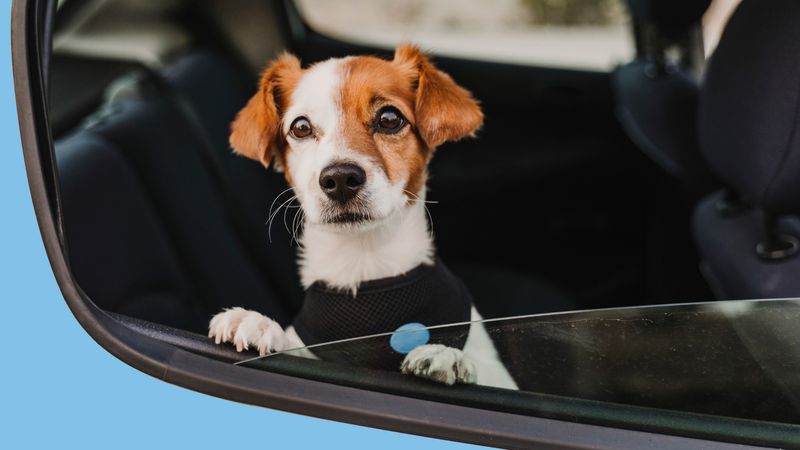
Hot cars can quickly become dangerous for pets, with interior temperatures rising far above safe levels in just minutes. Even on a mild day, the heat inside a vehicle can soar past 100°F, creating a hazardous environment.
Pets can suffer from heat exhaustion, organ failure, or collapse due to overheating. Leaving animals in parked cars, even for a short time, puts their health at serious risk.
4. What Pet Owners Need To Do

Pet owners need to keep their animals indoors during peak heat hours and ensure they have constant access to cool, fresh water. Walks should be limited to early mornings or late evenings when temperatures are lower.
Shaded areas, fans, and air conditioning can help pets stay comfortable and safe. It’s also important to watch for signs of overheating, like excessive panting or lethargy, and act quickly if they appear.
5. Spread Awareness
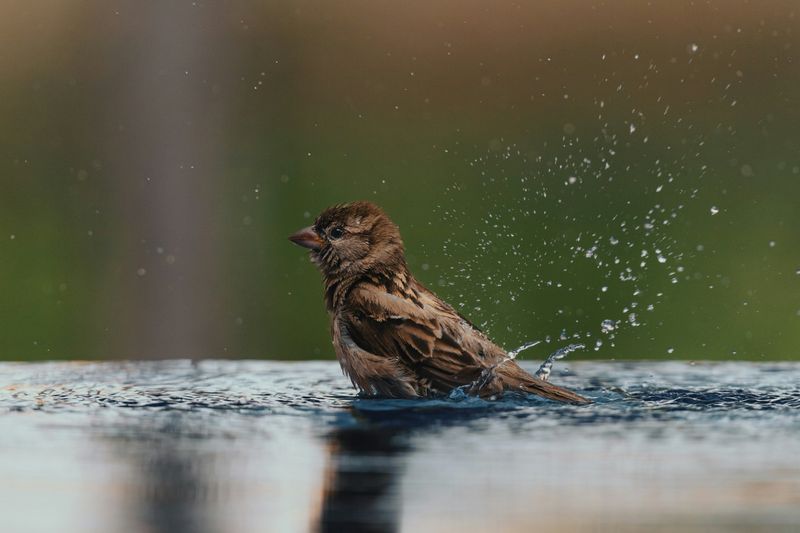
Spreading awareness can help protect countless pets from heat-related dangers. Share alerts and safety tips with friends, neighbors, and local community groups.
Social media is a powerful tool – one post could remind someone to bring their pet inside. The more people know, the more lives can be safeguarded this summer.
6. Power Outages Create New Risks

Widespread power outages caused by the heatwave are leaving homes without fans or air conditioning, putting indoor pets at greater risk. Without proper ventilation, indoor temperatures can rise rapidly, creating a stressful and unsafe environment.
Owners are being urged to have backup cooling options, such as battery-powered fans or cooling mats. Emergency services recommend relocating pets to cooler locations if home conditions become unbearable.
7. Pavement Burns Paws In Seconds
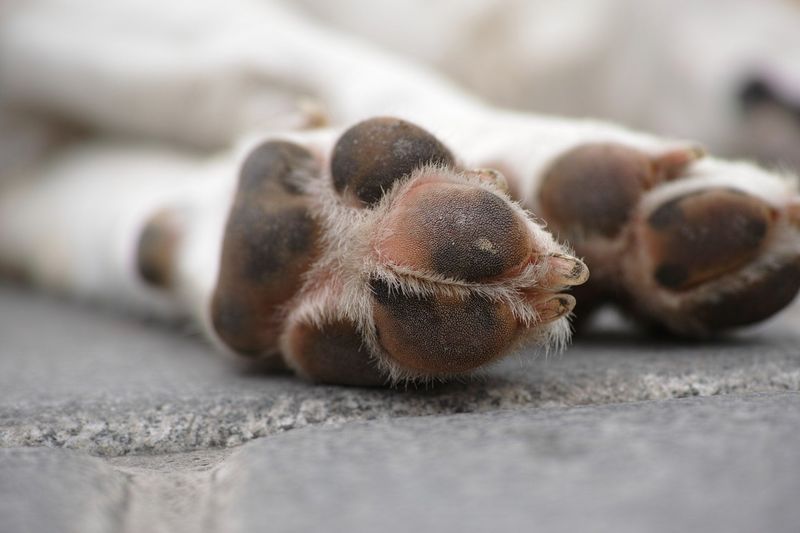
When the sun beats down on sidewalks and streets, pavement temperatures can reach over 130°F. Pets walking on hot surfaces can suffer painful burns and blisters on their paws. A simple test: if it’s too hot for your hand, it’s too hot for your pet’s feet.
Stick to grass, shaded paths, or invest in protective booties when outdoor walks are necessary.
8. Wildlife Encounters On The Rise

As natural water sources dry up, more wildlife are venturing into neighborhoods seeking food and hydration. This increases the chance of pets encountering potentially dangerous animals like snakes, coyotes, or raccoons.
Pet owners should supervise yard time and keep food bowls indoors to avoid attracting wild animals. Fencing and motion-activated lights can also help deter unwanted visitors.
9. Boarding Facilities Reach Full Capacity
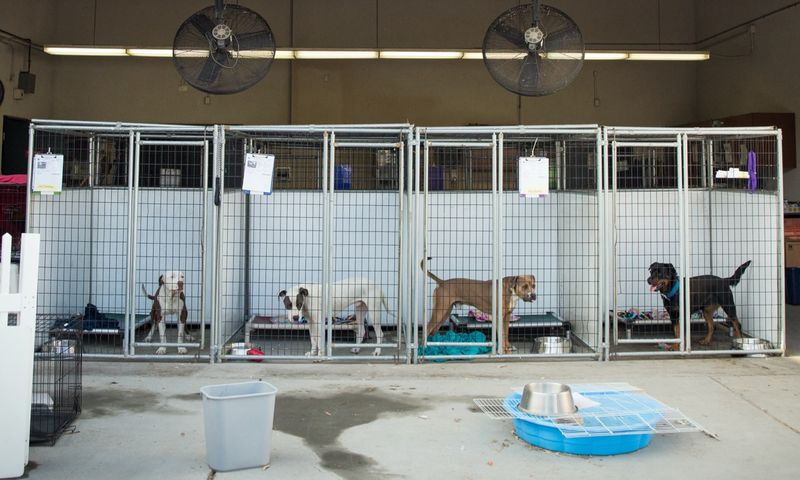
Many pet boarding centers are reporting they’re at or near full capacity due to travel disruptions and emergency relocations. This leaves fewer options for pet owners needing safe places during evacuations or power outages.
Experts suggest booking ahead or having backup plans in case your first choice is unavailable. Community networks and pet-sitting apps can help connect owners with temporary caregivers in emergencies.






